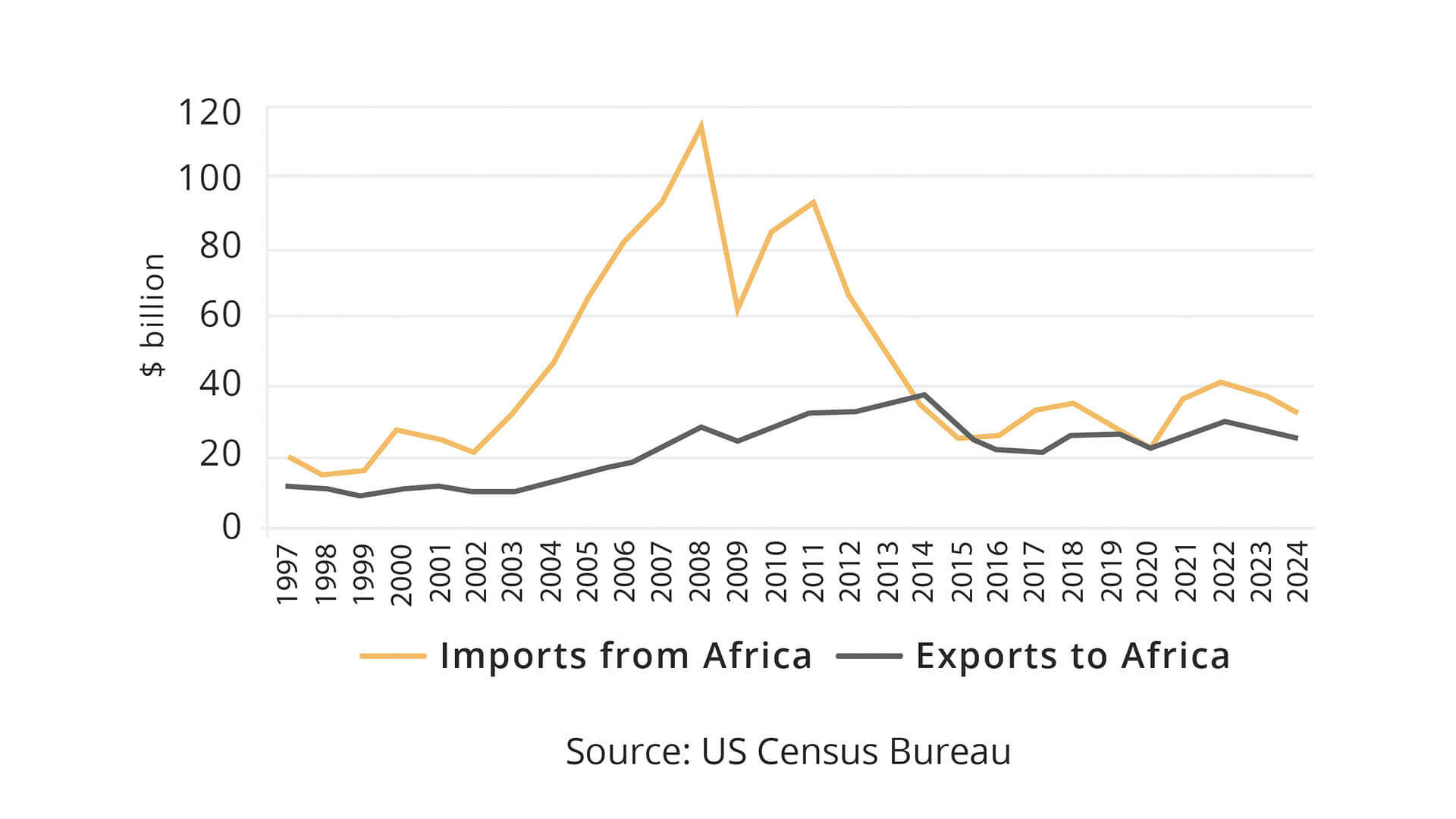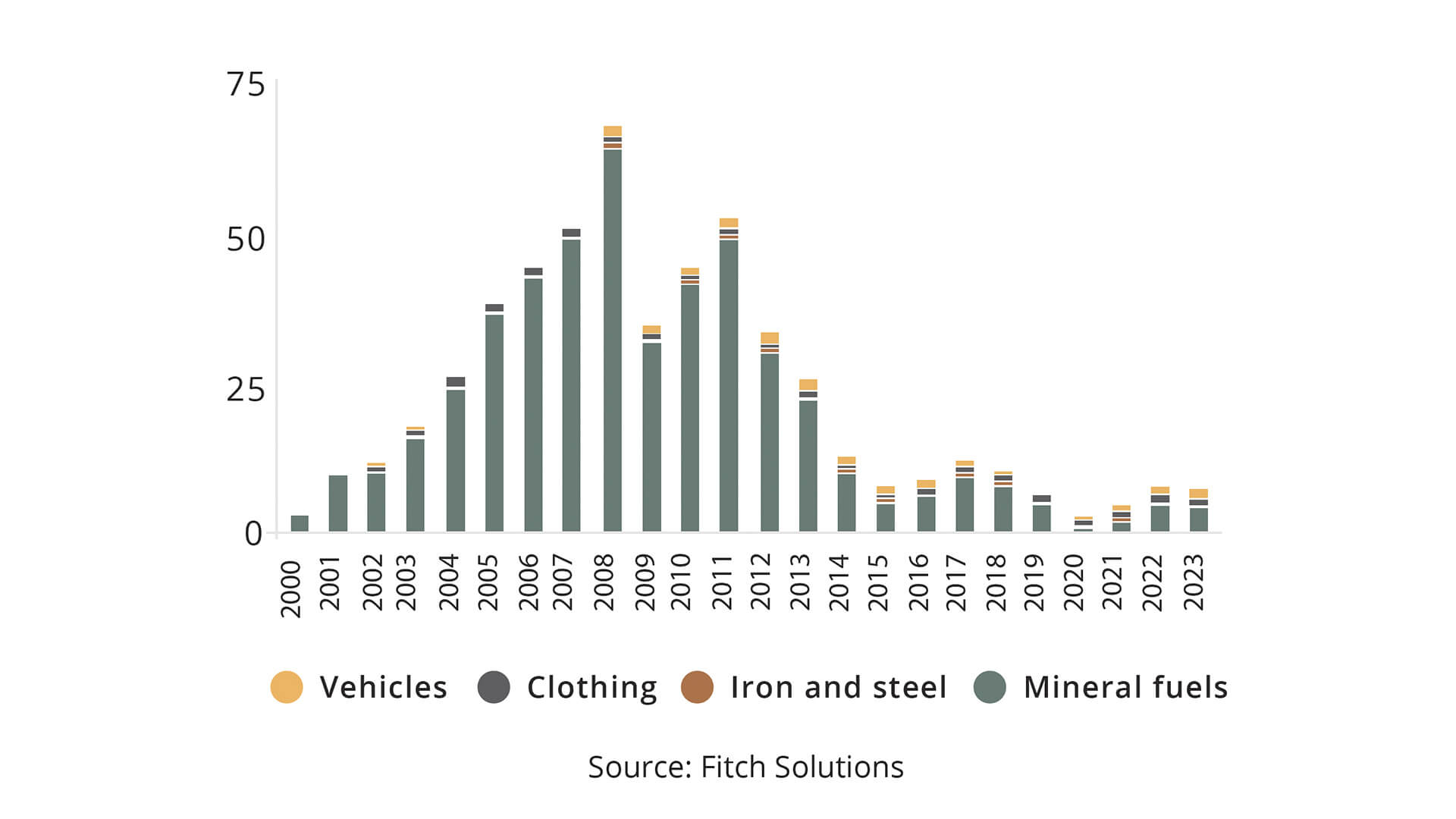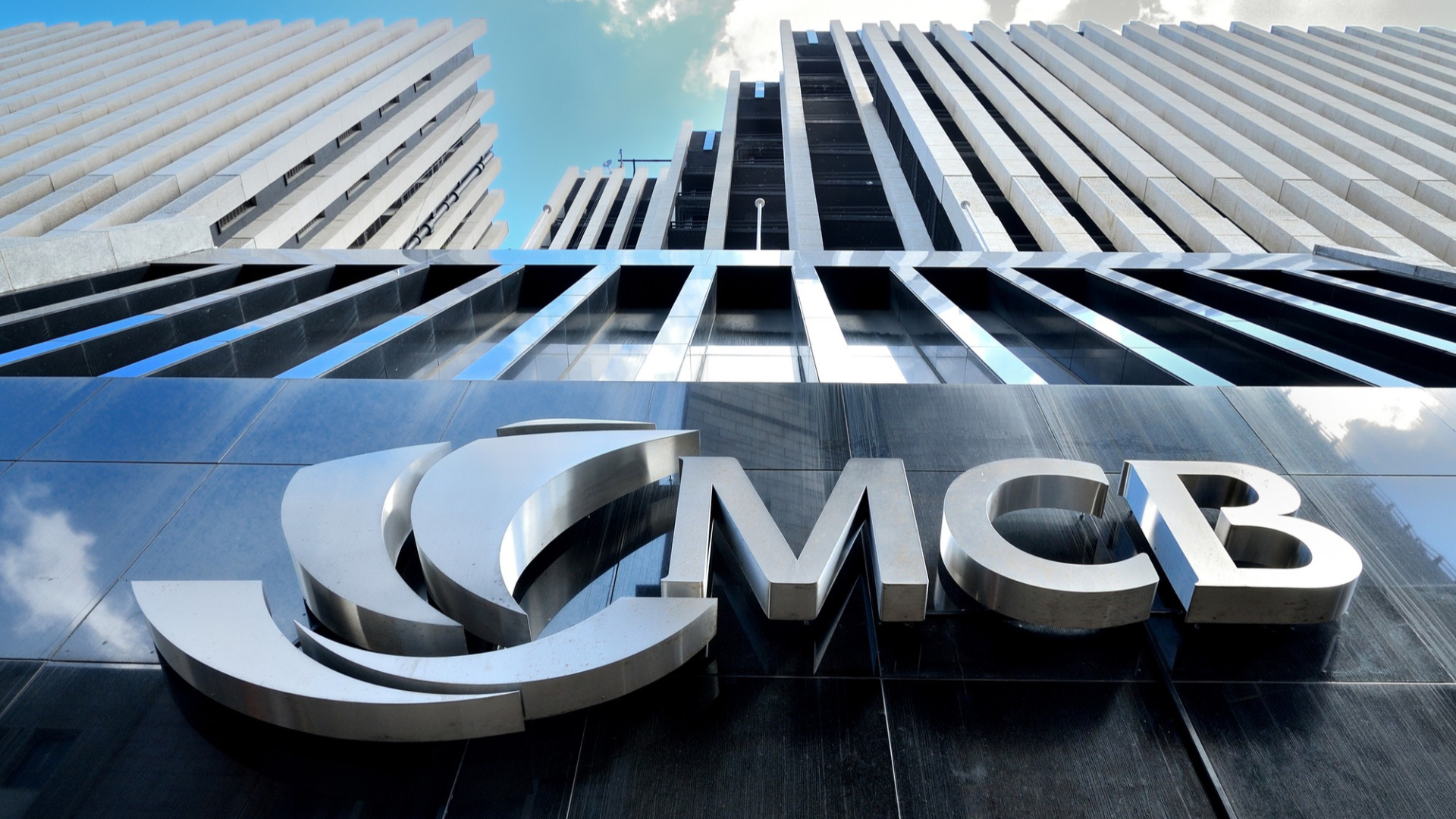- Home
- Investor Centre
- Sustainability
- Talent
- News
- TH!NK
- Corporate Governance
- Company Profile
- Board of Directors
- MCB Offices
Contact Info
AGOA and Africa’s trade journey: Opportunities and challenges

The African Growth and Opportunity Act (AGOA) has been instrumental in generating more trade flows between the US and African economies. US imports from Africa surged from USD 27.6 billion in 2000 to USD 113.5 billion in 2008, just before the Global Financial Crisis.
Exports through AGOA have supported job creation in countries that have been able to tap on the export opportunities. For example, the garment industry has created substantial job opportunities in Lesotho, Ethiopia and Kenya. Elsewhere, South Africa has been able to diversify its exports portfolio, exporting vehicles, machinery and agricultural products to the US, whilst, in addition to its textile sector, Kenya has also been able to benefit from floricultural exports to the US.
Exports from SSA to US under AGOA by commodity type (USD billion)
However, African exports to the US remained concentrated in a limited range of commodities, including oil, minerals, and agricultural products. From 2000 to the end of 2023, energy resources, particularly crude oil and its derivatives, dominated exports from SSA to the US under the AGOA programme, totalling USD 483.3bn and accounting for 83.6% of AGOA exports.

Vehicles, clothing, and iron and steel follow, contributing significantly less at 4.4%, 4.3%, and 2.0%, respectively. Consequently, following the 2007/08 Global Financial Crisis, African exports to the United States experienced a significant decline, reflecting the United States’ strategic policy pivot towards energy independence.

The surge in US domestic oil production, propelled by advancements in hydraulic fracturing and horizontal drilling technologies, reduced the demand for imported oil. The persistent decline in overall African exports, driven by the US’s decreased reliance on imported oil, underscores the vulnerability arising from Africa’s lack of export diversification.
Despite the African Growth and Opportunity Act (AGOA) providing duty-free access to the US market for eligible products, several barriers continue to impede African economies from fully capitalising on these opportunities. The benefits of AGOA have been unevenly distributed, with gains concentrated in a few countries and sectors.
Many eligible countries struggle to leverage AGOA due to inadequate infrastructure, policy, and capacity issues. Deficient infrastructure – encompassing transportation networks, port facilities, and logistics systems – hampers efficient trade operations. High transportation costs, customs delays, and unreliable supply chains elevate the cost and diminish the competitiveness of African goods in the US market. These logistical inefficiencies deter both African exporters and US importers from increasing trade volumes.
While AGOA facilitates duty-free access, it does not comprehensively address other critical aspects of market access, such as non-tariff barriers, intellectual property rights, and investment protections. The absence of these comprehensive market access measures makes it challenging for African exporters to expand their presence in the US market beyond specific product categories. Consequently, the full potential of AGOA remains underutilised, highlighting the need for broader structural and policy reforms to enhance trade capacity and competitiveness.
This article is an extract of the MCB Trade Report 2025.
Request the full report here
Subscribe to our Email Alerts
Stay up-to-date with our latest releases delivered straight to your inbox.
Contact
Don't hesitate to contact us for additional info
Email alerts
Keep abreast of our financial updates.













